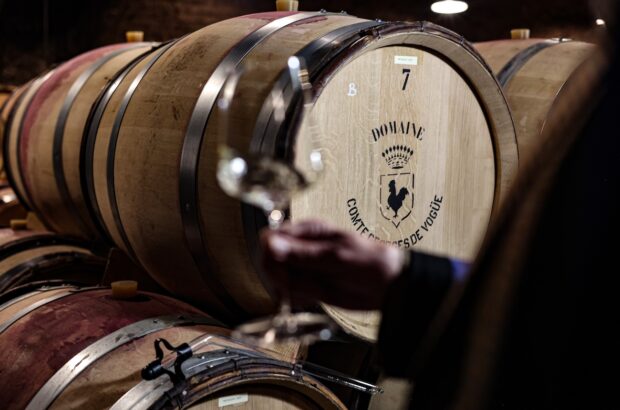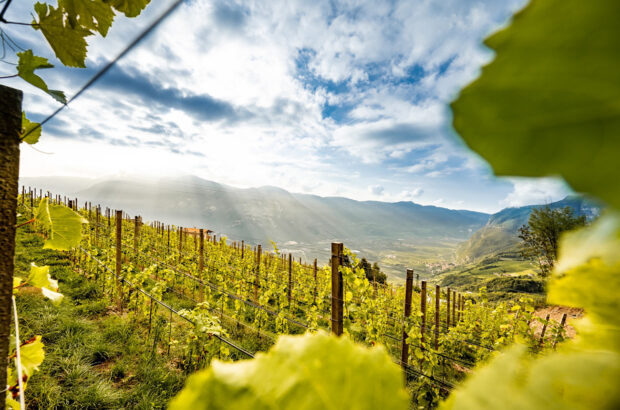There are four main varieties of Muscat, the finest being Muscat à Petits Grains, followed by Muscat of Alexandria, then Muscat Hamburg and the lesser Muscat Ottonel.
Renowned for its perfume and grapey character, Muscat is the great Mediterranean vine of antiquity, producing a variety of white wine styles, from the full-bodied dry whites of Alsace, to the sweet, fortified Muscats of Beaumes de Venise, Rivesaltes and Frontignan, Italy’s south and Australia’s north-east Victoria and sparkling wines, notably Asti Spumante, Moscato Bianco and Clairette de Die. Muscat is widely grown in Spain, eastern Europe, Greece, Austria, Portugal and the New World.
What does it taste like?
-
- grapes and raisins
- exotically fragrant
MUSCAT is best-known for its fragrantly perfumed, grapey quality,
whether as a dry white or one of the sweet, fortified MUSCATs grown
around the Mediterranean. In its sweet, fortified incarnation, it takes
on the aromas and flavours of candied fruits, which can be a little
coarse, but, in a good quality MUSCAT, exotically spicy, with
suggestions of roses, raisins, crystallised oranges and pineapples.
Written by






